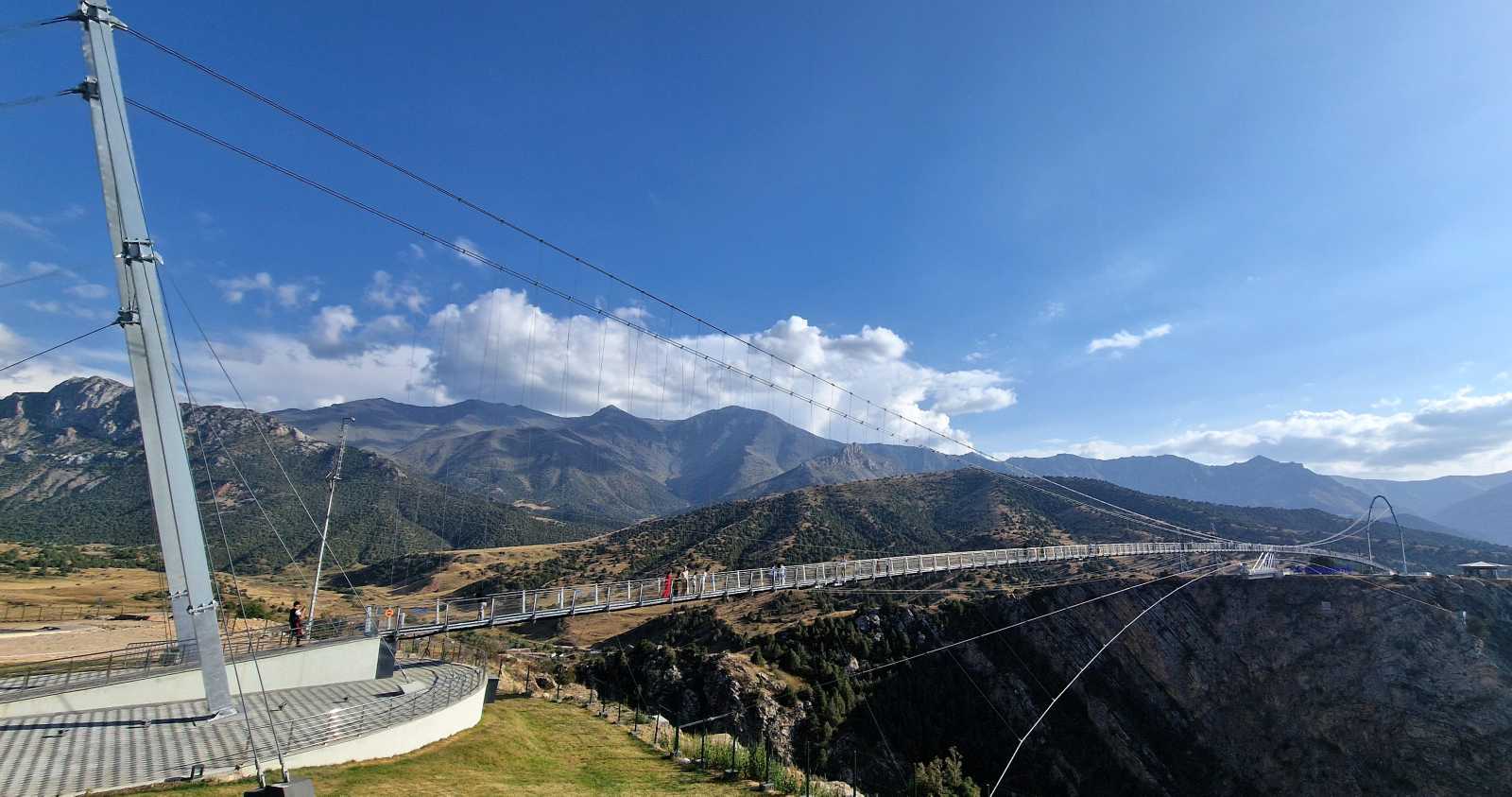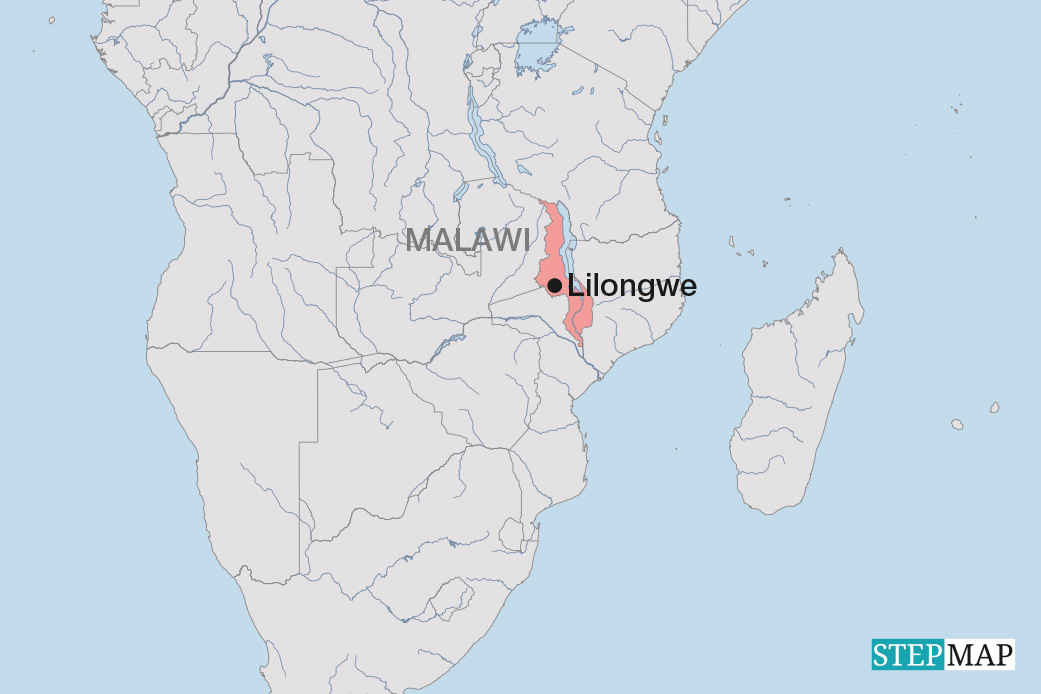Censorship by stealth
Taking the state to court –
Public interest litigation and the public sphere in metropolitan India. www.asienhaus.de/taking-state-to-court.
Online edition of a controversial book originally
published by OUP in 2001.
In India, Public Interest Litigation (PIL) has challenged the belief that law courts cannot propel or catalyze societal change. PIL is about civil-society activists challenging government agencies in court, and often prevailing. India’s higher judiciary has thus achieved significant successes in the area of governance.
This study provides a sociological analysis of the phenomenon. It digs deep into environmental law suits in Kolkata, giving insights into how the judiciary, social-action groups and the political system interact. As literature on PIL in India is mostly of a legal nature, this social-science study is a welcome attempt to close a gap.
It is a pity, however, that the circulation of the book’s first 2001 publication by a world class publisher was stopped after the Calcutta High Court started a contempt-of-court case against the author and the publisher. The matter is still pending. Given that the tome is a serious academic exercise and that the author clearly expresses respect for the courts, there is arguably nothing wrong, let alone scandalous, in republishing the book on-line. This is all the more so as the study deals with the public interest and the judicial role in maximising justice.
Dembowski’s core thesis is that urban India has an “operational” civil society with some impact on governance, but that the “public sphere” is still at a rudimentary level, allowing the government to stay largely unaccountable. He mentions two intertwined reasons for such unaccountability: the persistence of colonial legacies in the administration and the weaknesses of civil-society agents. Dembowski’s empirical study exposes an “overarching” lack of trust among civil-society organisations themselves, as well as towards government agencies. In this context, the author considers the Court a provider of a ‘sphere’ for the public, through which to gain access to otherwise inaccessible government agencies. At the same time, he is pragmatically aware of practical limitations of judicial activism.
The argument is diligently developed on the base of two empirical case studies. One deals with reconciling urban-development needs and environmental exigencies in the East Calcutta wetlands, the other discusses infrastructure and planning problems in Kolkata’s heavily industrialised twin city of Howrah. Dembowski shows
that key concepts as “good governance”, “public sphere” and “civil society” are originally “western”, but nonetheless make sense in a society with colonial traumas.
While acknowledging that PIL has made a positive difference in India (as is stated by much legal writing), Dembowski also points out that the courts, like other state institutions, are themselves haunted by symptoms of inefficiency and inadequate administration, and that they are bedevilled by corruption rumours. Such remarks are probably what triggered the contempt case, but it must be noted that these academic assertions are well-referenced and based on research.
Extremely readable, this book makes a substantial contribution to the sociology of public interest jurisprudence in India, and its relevance will be equally felt in other South Asian jurisdictions. It is a worthy piece of scholarship, providing an unconventional focus on civil-society litigants and the courts.
Ridwanul Hoque, Department
of Law, University of Chittagong, Bangladesh








